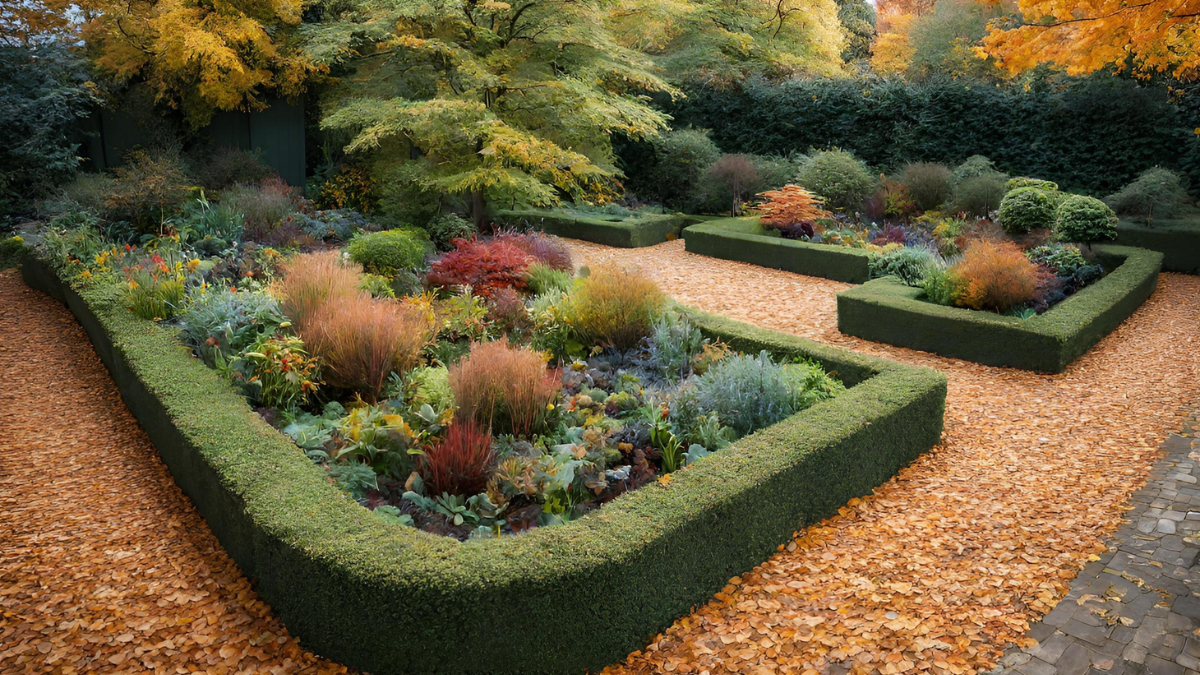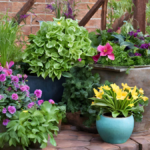The days grow shorter, the air crisper, and the leaves start to fall in a mesmerizing dance from the trees. Yes, winter is approaching, and with it comes the need to winterize your garden. In this article, we’ll explore the art of winterizing your garden, ensuring it not only survives but thrives when spring returns.
Winterize Garden
Before we dive into the world of winterizing, let’s address “winterize”, It’s not just a seasonal chore; it’s an essential part of gardening that ensures your plants are protected during the harsh winter months.
The Seasonal Transition
As summer fades into memory and the colors of autumn paint the landscape, it’s time to prepare your garden for winter. Picture this: Your garden, once lush with blooming flowers and thriving vegetables, is now transitioning to a state of rest. It’s like tucking in your plants for a long, cold nap.
Cleaning Up
Before you can start winterizing, it’s time for a cleanup. Remove any dead or diseased plant material. This not only improves the aesthetics but also reduces the risk of pests and diseases overwintering in your garden.
Mulching Magic
Mulch is your garden’s warm and cozy blanket for winter. Apply a generous layer of mulch to your garden beds. This serves several purposes: it insulates the soil, prevents weed growth, and adds nutrients as it breaks down.
Protecting Delicate Plants
Not all plants are created equal when it comes to handling winter’s chill. Delicate perennials like roses may need additional protection. Consider wrapping them in burlap or using specialized plant covers to shield them from harsh winds.
Winterize Garden Plants
Now, let’s delve deeper into the care of your garden’s residents. Winterizing your plants is a crucial step in ensuring their survival.
Dealing with Containers
If you have container plants, they’re even more vulnerable to cold temperatures. Move them to a sheltered spot, like a garage or a covered patio. Don’t forget to water them before the soil freezes.
Preparing the Lawn
Your lawn needs some TLC too. Give it one final mow, clearing away leaves and debris. Consider aerating and fertilizing to ensure a lush carpet of green in the spring.
Bulbs Underground
Spring-blooming bulbs are a delight to the senses. To ensure they burst forth with color when the time comes, plant them before the ground freezes. This applies to tulips, daffodils, and hyacinths.
In the Cold of Winter
As winter sets in and your garden takes its well-deserved rest, there are still a few things to keep in mind.
Water Wisely
Don’t forget about your garden’s hydration needs. Even in winter, plants can suffer from drought. Water them occasionally, especially if it’s been a dry season.
Snow Can Be Protective
Snow, while sometimes seen as a nuisance, can act as an insulating blanket for your garden. It provides a protective barrier against extreme cold. Just be cautious about heavy snow loads on trees and shrubs.
Wildlife Concerns
Winter can be tough for wildlife. Consider leaving some seed heads and plants standing to provide food and shelter for birds and other critters.
The Anticipation of Spring
As the winter months pass, your garden slumbers beneath a snowy blanket or chilled soil. But with the arrival of spring, it awakens with vigor. This period of dormancy is essential for plants to gather energy for their grand return.
Spring Garden
The work you put into winterizing your garden pays off when spring arrives. Your garden emerges ready to burst forth with new growth, and you’ll be one step ahead in your gardening endeavors.
Conclusion: A Winter Well-Spent
In conclusion, the process of winterizing your garden is like a beautiful narrative. It’s a tale of preparation, rest, and anticipation. By following these guidelines, you ensure that your garden weathers the winter months and emerges in spring, vibrant and ready to bloom. So, as the first frost approaches, take the time to care for your garden. It’s an investment in the future beauty of your outdoor haven.



